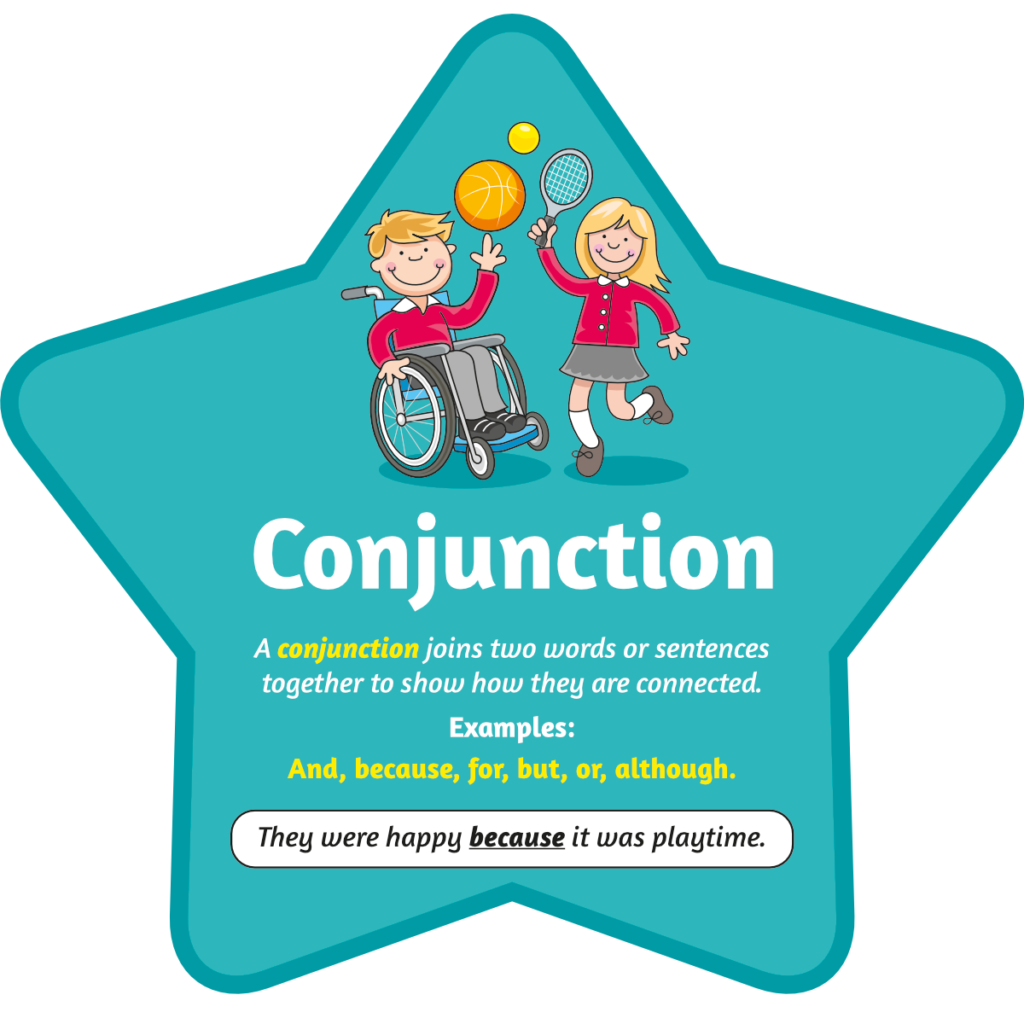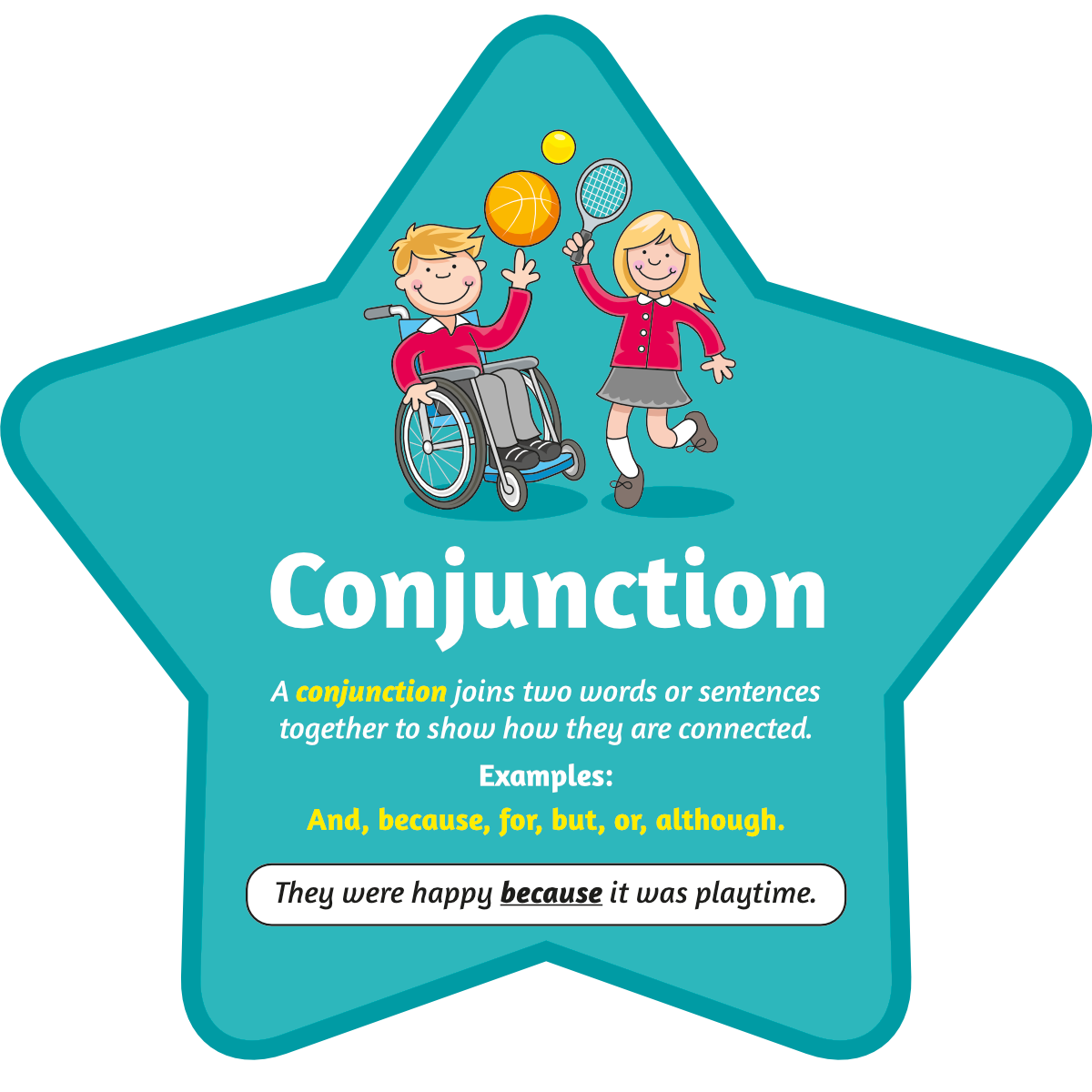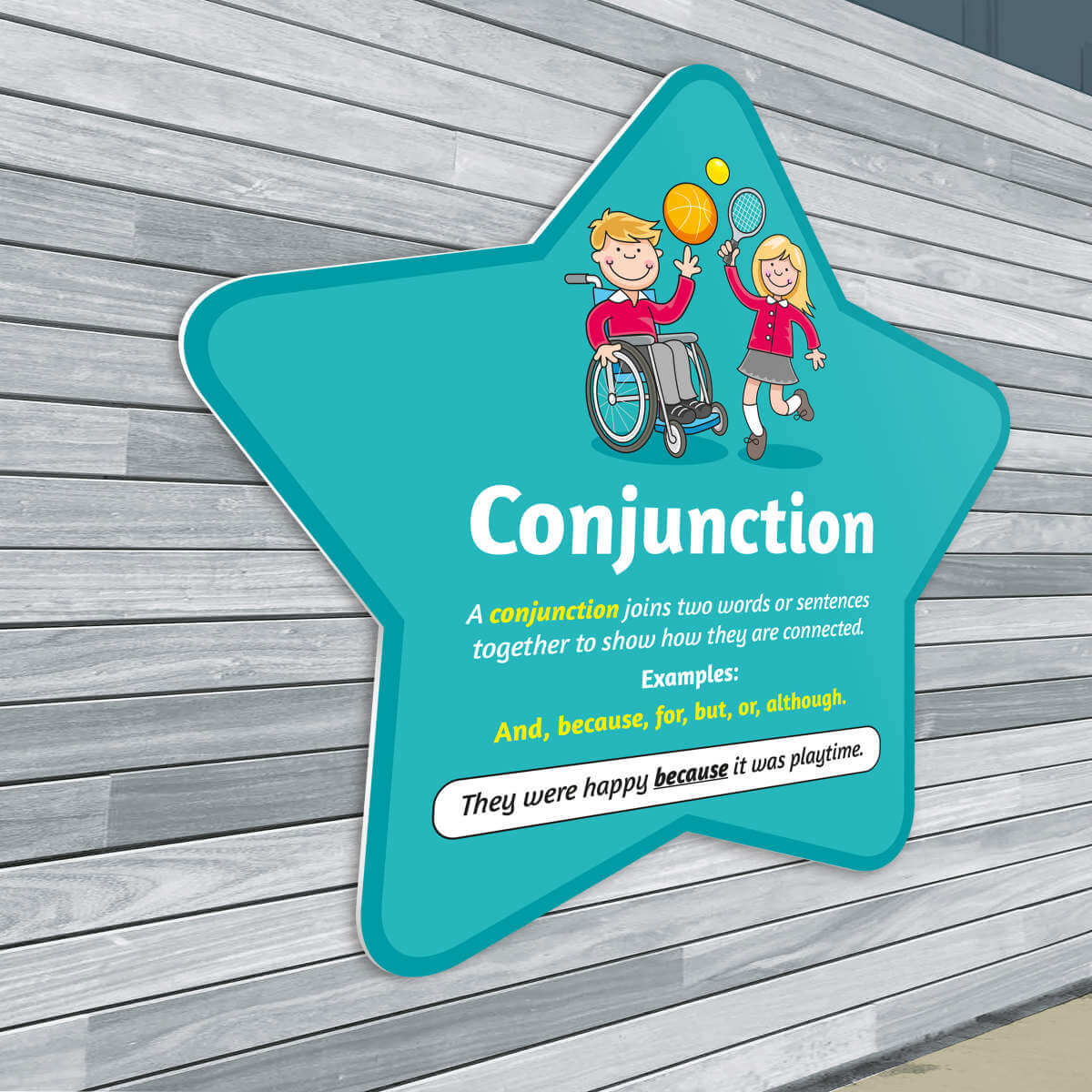Conjunction Sign - Connecting Thoughts And Worlds
Have you ever stopped to think about the little words that hold our language together? They are, to be honest, the unsung heroes of communication, making sure our thoughts flow smoothly from one idea to the next. We often use them without even realizing how much work they do, yet their presence is what makes sentences make sense and allows us to share more complex ideas. These special connectors are, in a way, the glue that keeps our conversations and writing from falling apart into choppy, disconnected pieces.
These handy little helpers do a truly important job, whether we are putting together a simple sentence or crafting a more elaborate message. They are, you know, the quiet architects behind clarity, helping us link up different bits of information so that everything reads as one complete thought. Without them, our expressions would be a lot less clear, a bit like trying to build something without enough fasteners. They really do make a big difference in how we understand each other.
And it's not just about words on a page; the idea of things coming together, of "conjunction," pops up in other areas too, like in the vastness of the night sky. Just as words join up to make meaning, planets can align in a way that some people see as a special kind of coming together, a celestial meeting that holds its own sort of significance. So, in some respects, whether we are talking about grammar or gazing at the stars, the concept of things joining up is a rather powerful one.
- Bryan Cranston Book
- Where To Buy Camel Milk
- Shows Similar To Abbott Elementary
- What Book Does Jason Die In
- Joe Carabajal State Farm
Table of Contents
- What is a Conjunction Sign in Grammar?
- How Do Coordinating Conjunctions Help Our Conjunction Sign?
- Exploring the World of Correlative Conjunctions and the Conjunction Sign
- Do Conjunctive Adverbs Fit the Conjunction Sign Idea?
- Parts of Speech and the Conjunction Sign
- What Does a Conjunction Sign Mean in Astrology?
- The Great Conjunction Sign and Its Social Impact
- Bringing It All Together - The Conjunction Sign
What is a Conjunction Sign in Grammar?
At its core, a conjunction is a word that, basically, links up different elements within a sentence. Think of it as a bridge, you know, connecting one part of a thought to another, making sure they flow together rather than standing alone. These little connectors are truly essential for building sentences that make sense and for expressing ideas that are more than just simple statements. They help us, in a way, paint a fuller picture with our words.
The most common examples, the ones we probably use every single day without a second thought, are words like "and" and "but." "And" brings things together, showing addition or a sequence, like saying, "I like apples *and* bananas." It shows that both items are part of the same group or action. "But," on the other hand, introduces a contrast or something unexpected, as in, "I want to go, *but* I am tired." It signals a shift in thought or a reason why something might not happen. These two, so, are just the tip of the iceberg when it comes to the many ways these words help us communicate.
They don't just connect single words, either. Conjunctions are also good at joining phrases, which are groups of words that act as a unit but don't have both a subject and a verb. For instance, you could say, "He walked *across the street and into the store*." Here, "and" joins two phrases that describe where he walked. They can, very often, also connect entire clauses, which are groups of words that contain a subject and a verb. If you have two complete thoughts, a conjunction can bring them together to form a more complex sentence, making the connection between them clear. It's almost like giving our sentences a bit more depth, you know?
How Do Coordinating Conjunctions Help Our Conjunction Sign?
Coordinating conjunctions are, in some respects, the most popular kind of English conjunctions, and for a very good reason. They are, quite simply, all about bringing ideas together, making sure that different parts of a sentence have equal weight and importance. They can join words, phrases, and even clauses, always ensuring that the things they connect are grammatically similar. This balance is really what makes them so useful for clear communication.
There are seven main coordinating conjunctions, often remembered by the acronym FANBOYS: For, And, Nor, But, Or, Yet, So. Each one has its own special role, you know, in linking ideas. "For" gives a reason, like "He stayed home, *for* he was feeling unwell." "And," as we touched on, adds information, as in "She sings *and* she dances." "Nor" offers a negative choice, as in "He did not call, *nor* did he text." "But" shows a contrast, like "It was sunny, *but* it was cold." "Or" presents an alternative, as in "Would you like tea *or* coffee?" "Yet" introduces a surprising contrast, as in "She worked hard, *yet* she failed." And "So" shows a result, like "He was hungry, *so* he ate." These are, basically, the workhorses of sentence connection.
Using these connectors properly helps us create sentences that are not only grammatically sound but also flow naturally. They allow us to combine shorter, choppier sentences into longer, more sophisticated ones without losing clarity. It's a bit like taking individual bricks and, you know, building a sturdy wall with them, where each brick plays an equal part in the overall structure. They are, in a way, fundamental to building varied and interesting sentence structures, which is pretty important for engaging writing.
Exploring the World of Correlative Conjunctions and the Conjunction Sign
Now, let's talk about correlative conjunctions. These are a bit different because they always come in pairs, working together to connect two parts of a sentence that are equally important. It's almost like they are a team, you know, making sure that both elements they link carry the same weight in the overall meaning. They add a certain balance and emphasis to our sentences, making them sound more polished and complete.
One very common example is "not only... but also." When we use this pair, we are dealing with a correlative conjunction that connects two parts of a sentence that are, as a matter of fact, equally important. For instance, "She is *not only* talented *but also* very kind." Here, both "talented" and "very kind" are given the same emphasis. The rules for using it include making sure that the grammatical structure following "not only" matches the grammatical structure following "but also." If you have a verb after "not only," you need a verb after "but also," too. This parallel structure is, basically, key to using them correctly.
Another widely used pair is "either/or." The word "either" on its own refers to any one of two things or people. When used in the "either/or" pairing, it means one choice or the other, but not both. For example, "You can have *either* the cake *or* the pie." It's important to remember that "either" is always considered singular in a sentence, even when it is part of the "either/or" construction, especially when it is the subject. So, you would say, "Either John or Mary *is* coming," not "are coming." These pairs, in a way, help us present clear choices or additions.
Other common correlative conjunctions include "neither/nor," "both/and," "whether/or," and "as/as." Each pair brings its own nuance to a sentence, allowing us to express relationships between ideas with greater precision. They are, basically, very helpful tools for adding sophistication and balance to our written and spoken words, making our communication a little more expressive and clear.
Do Conjunctive Adverbs Fit the Conjunction Sign Idea?
While not traditional conjunctions in the same way "and" or "but" are, conjunctive adverbs also play a very important role in connecting ideas, often between two separate sentences or independent clauses. They are, you know, like sophisticated signposts that show the relationship between one thought and the next, adding flow and coherence to our writing. They help us, in a way, make smoother transitions.
Words like "however," "therefore," "moreover," "consequently," and "nevertheless" are examples of conjunctive adverbs. "However" introduces a contrast, much like "but," but it typically connects two complete sentences, as in, "The weather was bad; *however*, we still went out." "Therefore" shows a result or conclusion, like "He studied hard; *therefore*, he passed the exam." "Moreover" adds extra information, as in "The food was delicious; *moreover*, the service was excellent." These words, basically, help us master grammar by providing clearer connections between our thoughts.
They are, in some respects, a bit more formal than coordinating conjunctions, and they often require specific punctuation, like a semicolon before them and a comma after, when connecting two independent clauses. Their use really does help to create a more sophisticated and well-organized piece of writing. They are, essentially, connectors that add a layer of meaning about how one idea relates to another, whether it's a cause, an effect, a contrast, or an addition. They truly do make our writing feel more connected and thought-out.
Parts of Speech and the Conjunction Sign
To truly get a handle on how conjunctions work, it's pretty helpful to understand the broader concept of parts of speech. The parts of speech explain how a word is used in a sentence, which is, you know, fundamental to understanding grammar as a whole. Knowing these categories helps us see the different roles words play and how they fit together to create meaning. It's almost like understanding the different tools in a toolbox, each with its own job.
In this lesson, we'll quickly touch upon the eight parts of speech in English, also known as word classes. These include nouns (people, places, things), pronouns (words that replace nouns), verbs (actions or states of being), adjectives (words that describe nouns), adverbs (words that describe verbs, adjectives, or other adverbs), prepositions (words that show relationships of time or place), interjections (expressions of emotion), and, of course, conjunctions. Understanding these roles helps us see why a conjunction is needed to link certain types of words or phrases, and not others. It's really about knowing the rules of the game, so to speak.
For instance, knowing that a coordinating conjunction connects grammatically similar items means you wouldn't use "and" to connect a verb to a noun in a way that doesn't make sense. You wouldn't say, "She runs and happiness," because "runs" is a verb and "happiness" is a noun. But you would say, "She runs and jumps," because both are verbs. This basic knowledge of word types, you know, makes it much easier to use conjunctions correctly and to build sentences that are clear and effective. It's a very practical bit of knowledge to have.
What Does a Conjunction Sign Mean in Astrology?
Shifting gears a bit from grammar, the term "conjunction" also holds a very special meaning in the world of astrology. When two planets are in the same area of the zodiac in an astrology chart, they are said to be "conjunct." This alignment is called a conjunction, and it's considered one of the most powerful and influential planetary aspects. It's almost like two cosmic energies are merging, you know, combining their influences in a single point.
When planets are conjunct, their energies are believed to blend and amplify each other. It's not just that they are close; it's that their individual characteristics become intertwined, creating a new, combined energy. For example, if the Sun (representing your core self) is conjunct with Mercury (representing communication), it might suggest someone whose identity is very tied to how they express themselves or how they think. This close proximity, basically, means that the qualities of both planets are expressed together, often quite intensely. It's a really interesting way of looking at how different forces might interact.
Astrologers study these conjunctions to understand how different parts of a person's personality or life themes might come together. A conjunction can point to areas where there is a strong focus or a powerful drive. It can also suggest a seamless integration of two energies, where they work as one unit rather than separate forces. This concept of merging energies is, in a way, a core part of how these celestial alignments are interpreted, offering insights into a person's potential and challenges.
The Great Conjunction Sign and Its Social Impact
One particularly famous type of conjunction in astrology is known as the "Great Conjunction." This refers specifically to the conjunction of Jupiter and Saturn, two of the largest planets in our solar system. These events are quite rare, happening about every 20 years, and they are often seen as significant markers of societal shifts and new eras. They are, you know, big cosmic timestamps.
If you're focusing on love and relationship goals, the nice thing is that Aquarius (and the air signs in general) is considered a social zodiac sign. When a Great Conjunction, particularly one involving planets moving into an air sign like Aquarius, happens, it can suggest a focus on community, innovation, and humanitarian efforts. The energies of Jupiter (expansion, luck, wisdom) and Saturn (structure, discipline, responsibility) coming together in a social sign like Aquarius can point to a period where collective ideals and social connections become very important. It's almost like the universe is nudging us to think about the bigger picture, you know, and how we connect with others.
This alignment might, therefore, highlight themes of collective change, technological advancements, and a push for more equitable or community-focused ways of living. The "great conjunction" can be seen as a time when new social structures begin to form, or when existing ones are re-evaluated. It's a period where the seeds of future trends are often planted, influencing how we relate to each other and our wider society. So, it's not just about personal love, but about how these cosmic meetings might shape our shared experiences and connections, which is pretty fascinating.
Bringing It All Together - The Conjunction Sign
So, as we've seen, the idea of a "conjunction sign" pops up in different areas, whether we are talking about the careful construction of language or the vast movements of planets in the sky. In grammar, conjunctions are the essential connectors, making sure our words, phrases, and clauses come together in a way that makes sense and flows smoothly. They are, basically, the backbone of clear and coherent communication, helping us express complex thoughts and ideas.
From the simple "and" and "but" to the paired "not only... but also," these words allow us to link ideas, show contrasts, offer choices, and indicate reasons or results. They are, you know, the quiet heroes that allow us to build sentences that are both grammatically correct and meaningful. Understanding how they work is a truly important step in becoming a more effective communicator, whether you are writing an email or just having a chat.
And then, in astrology, a "conjunction sign" takes on a cosmic meaning, describing moments when planets align, merging their energies and influencing events on Earth. These celestial meetings, like the "Great Conjunction," are seen as powerful indicators of shifts in collective consciousness and societal trends. They suggest periods where certain themes, such as community and innovation, come to the forefront. It's a rather interesting parallel, isn't it, how the idea of things coming together holds significance in such different fields? Both linguistic and astrological conjunctions, in their own ways, are about connection and the powerful results that happen when different elements meet and combine.
- Boosted Pro Reviews Consumer Reports
- Christopher Dylan White
- Abercrombie Mens Pullover
- News Skit Snl
- Resin Rocking Chair

Conjunction Sign - A Sign for supporting English in School classrooms

Conjunction Sign - A Sign for supporting English in School classrooms

Conjunction Sign - A Sign for supporting English in School classrooms